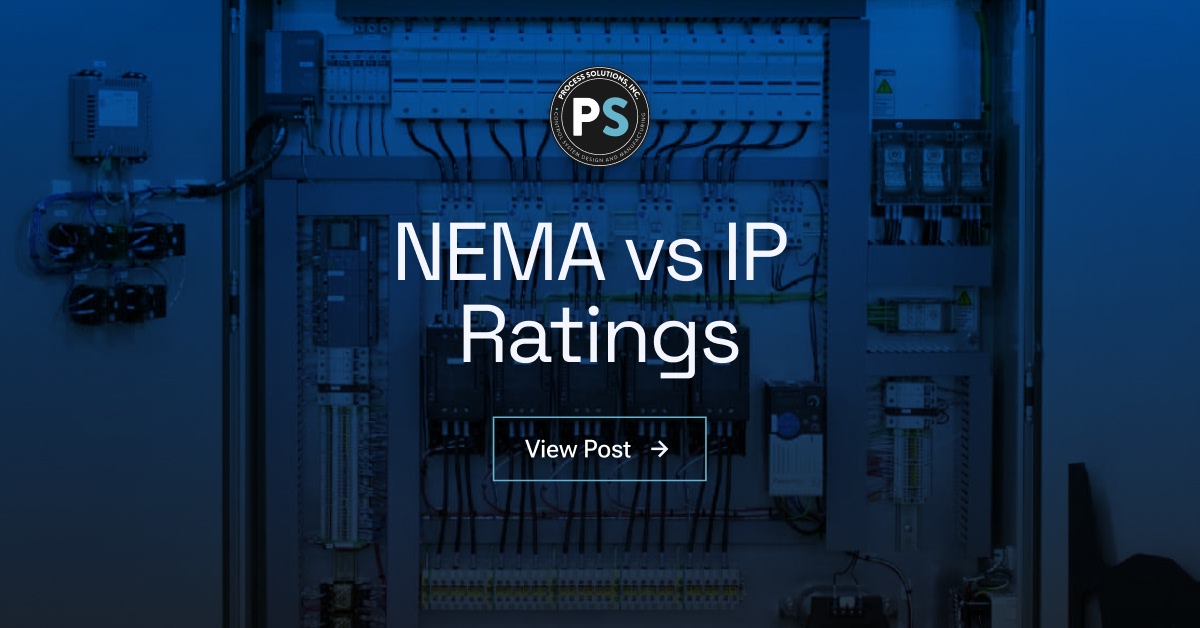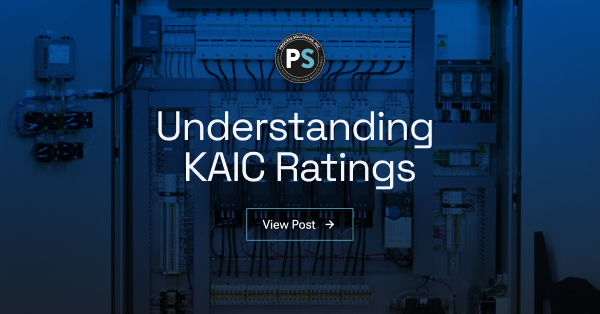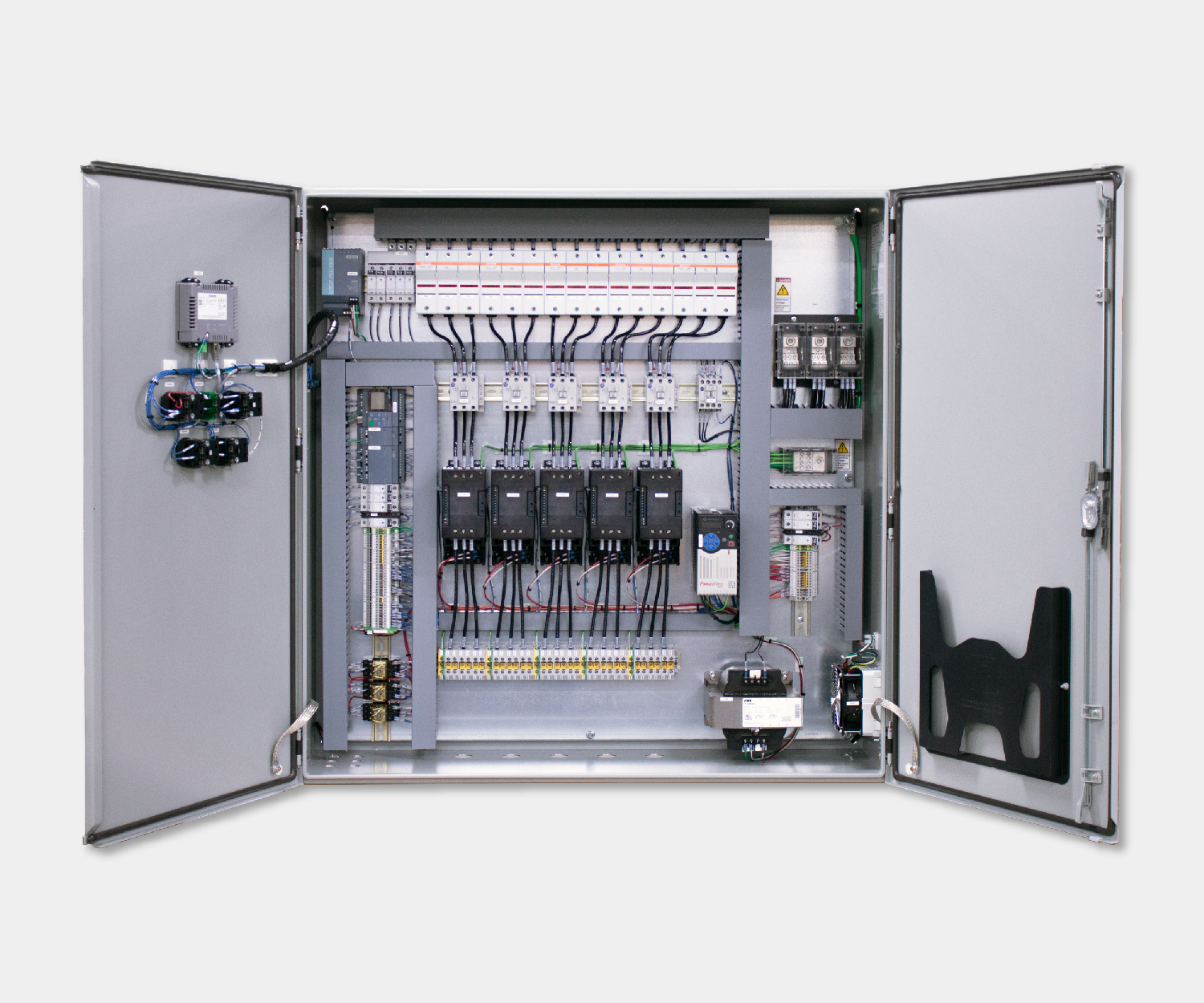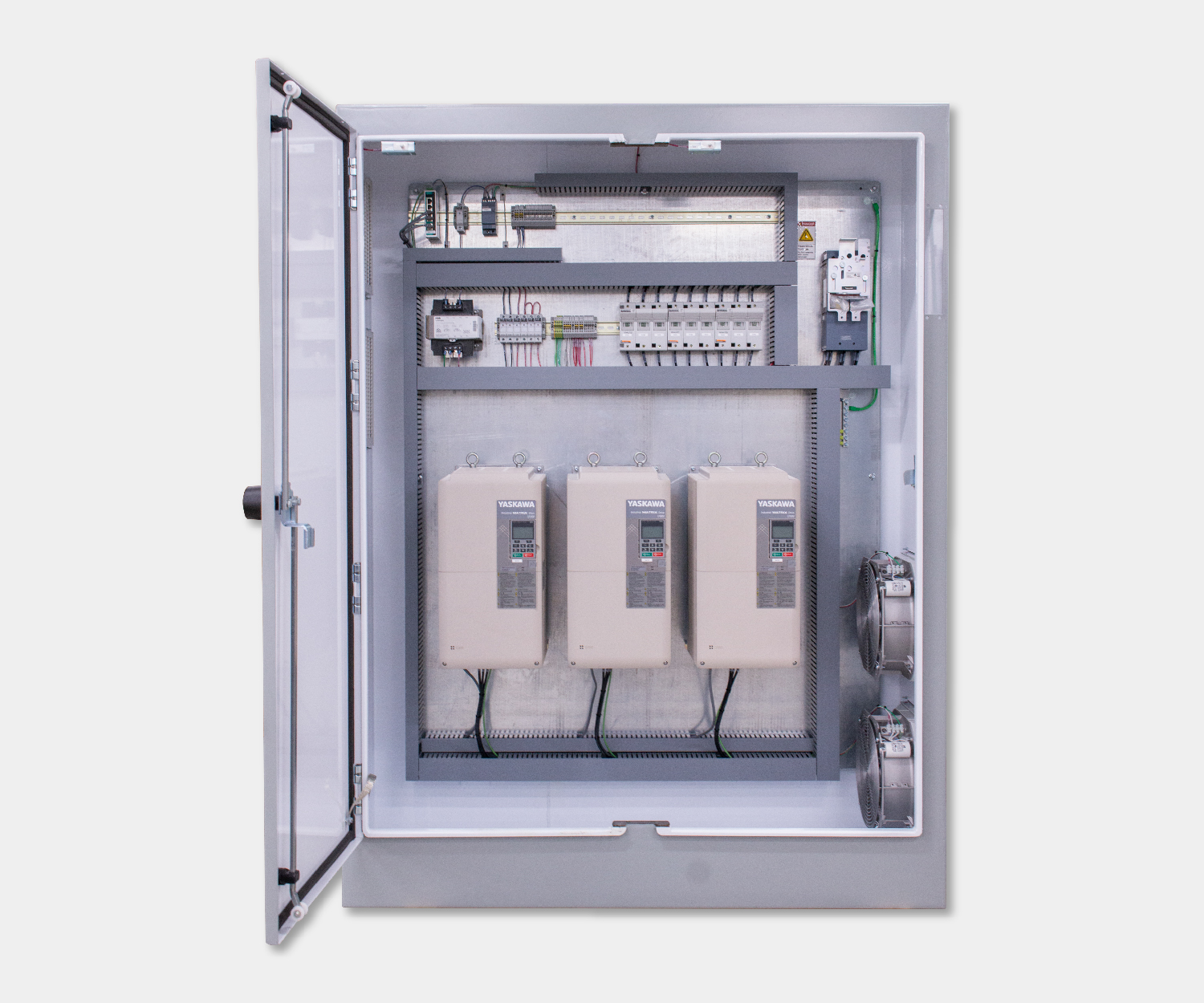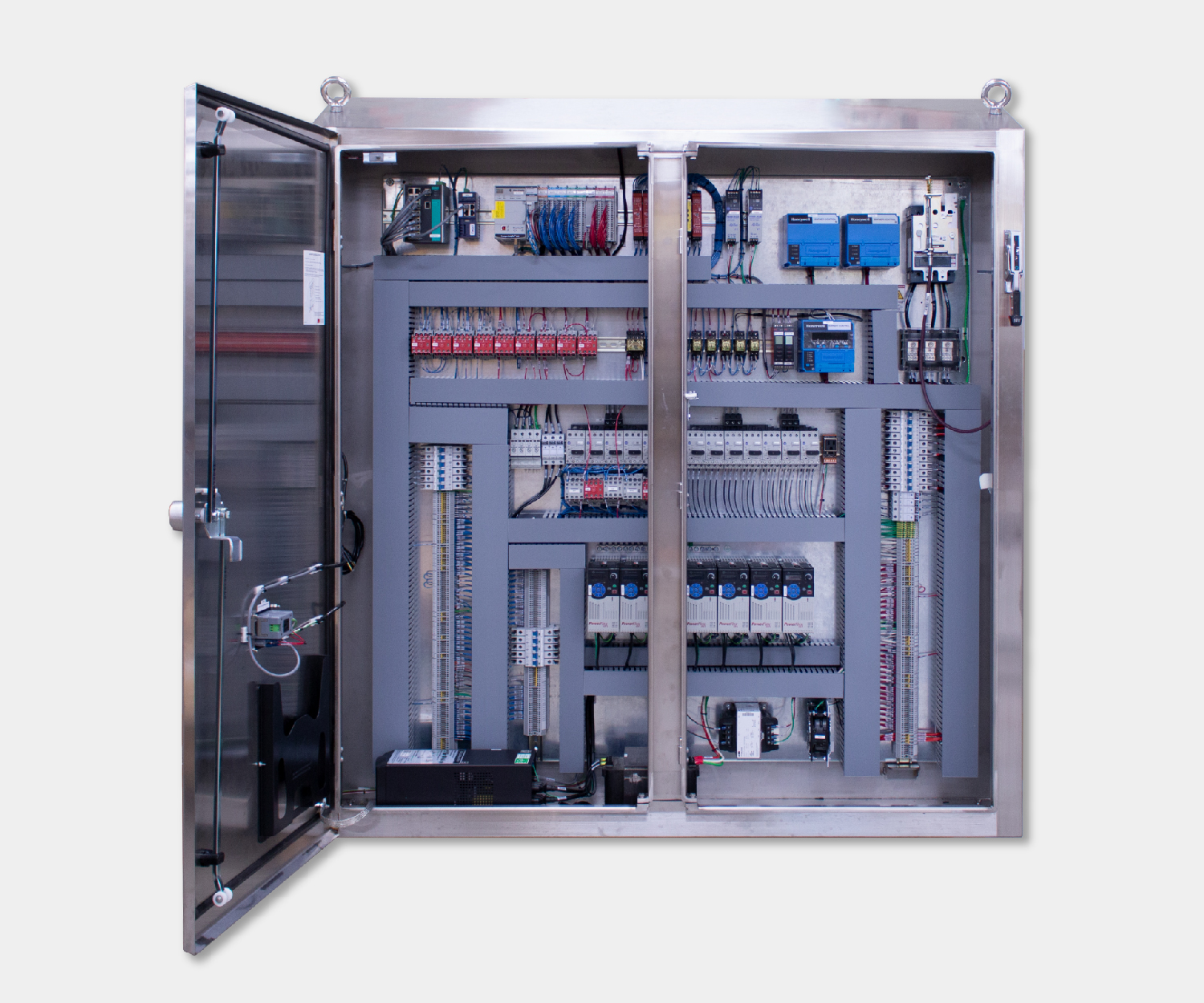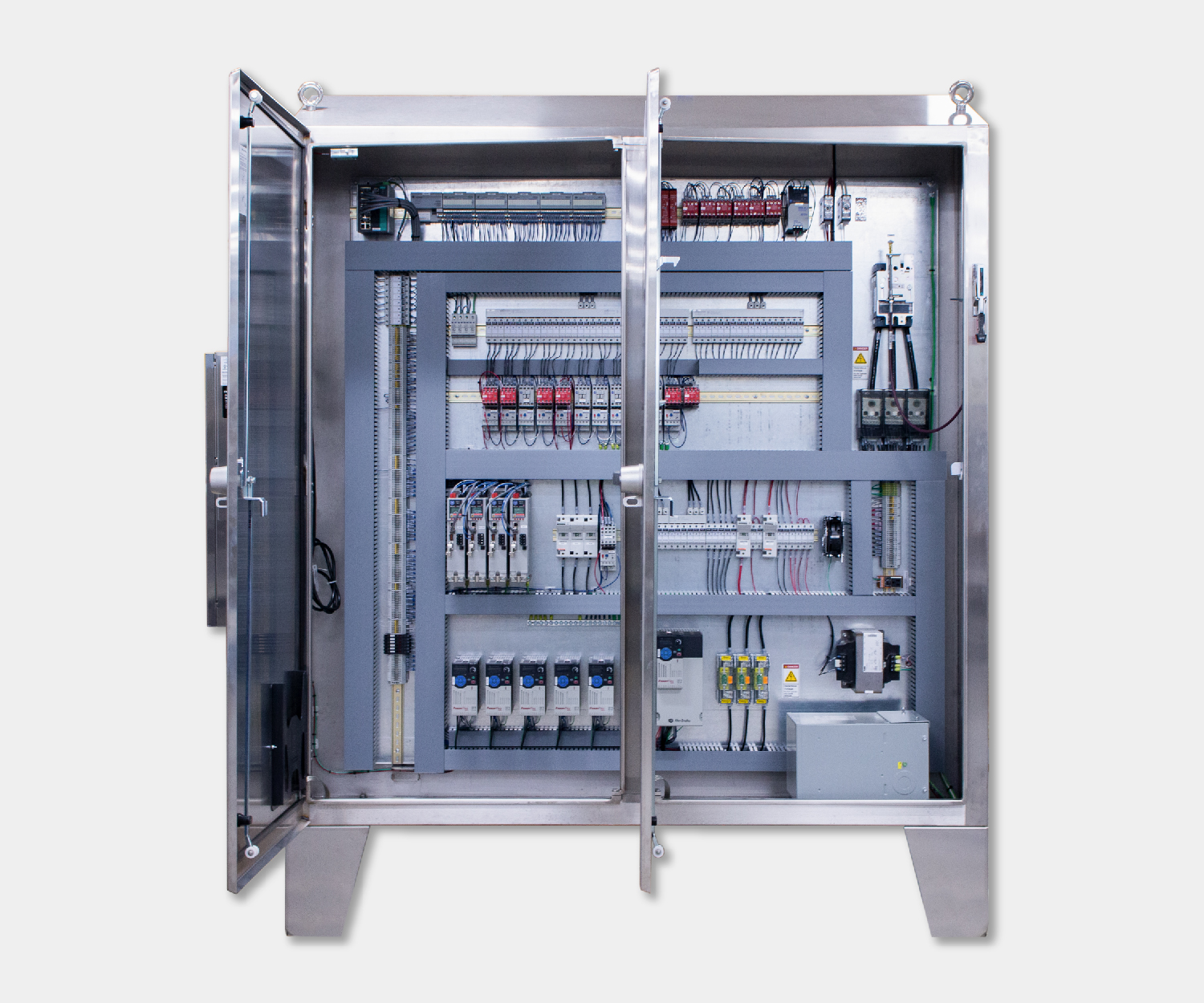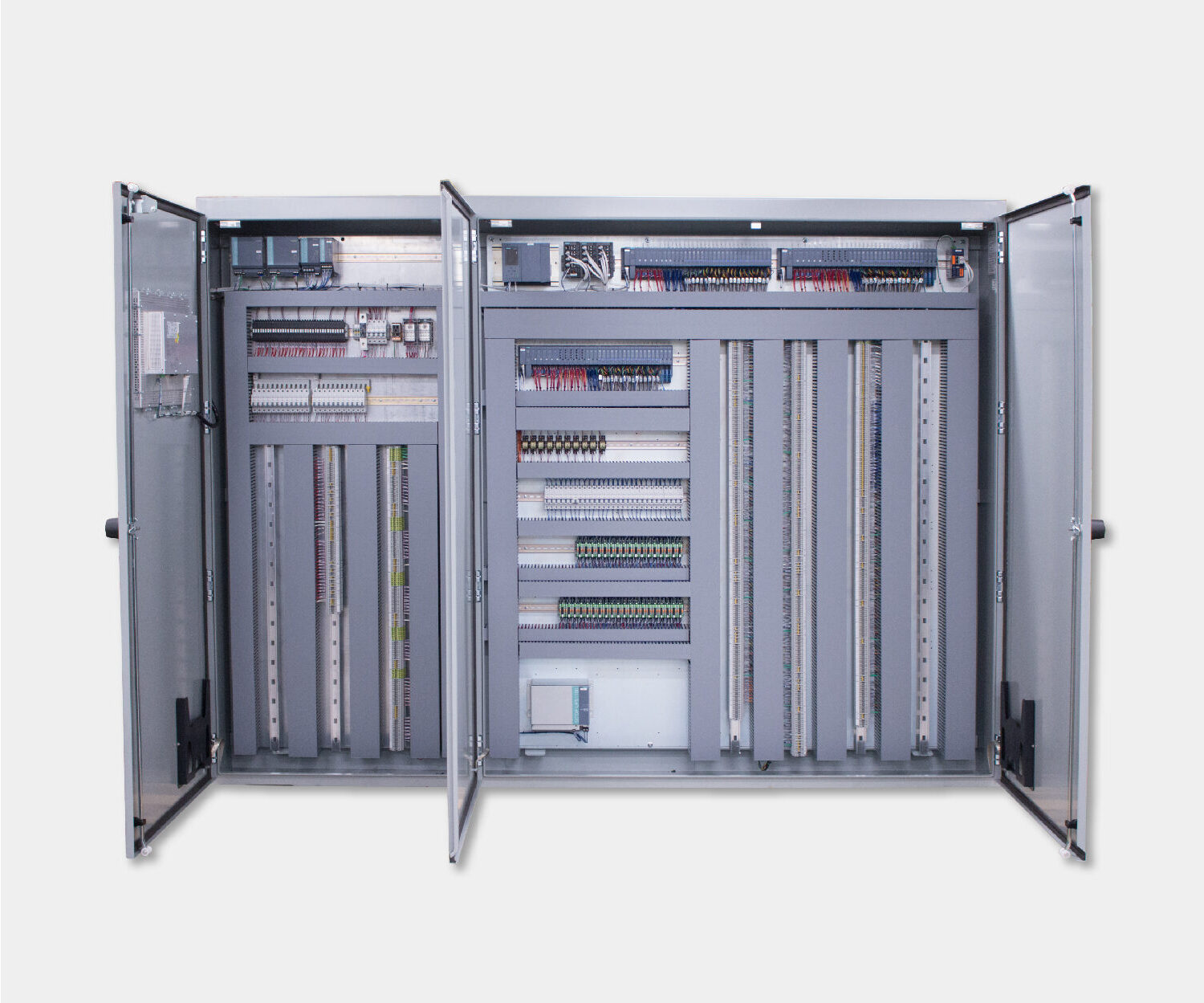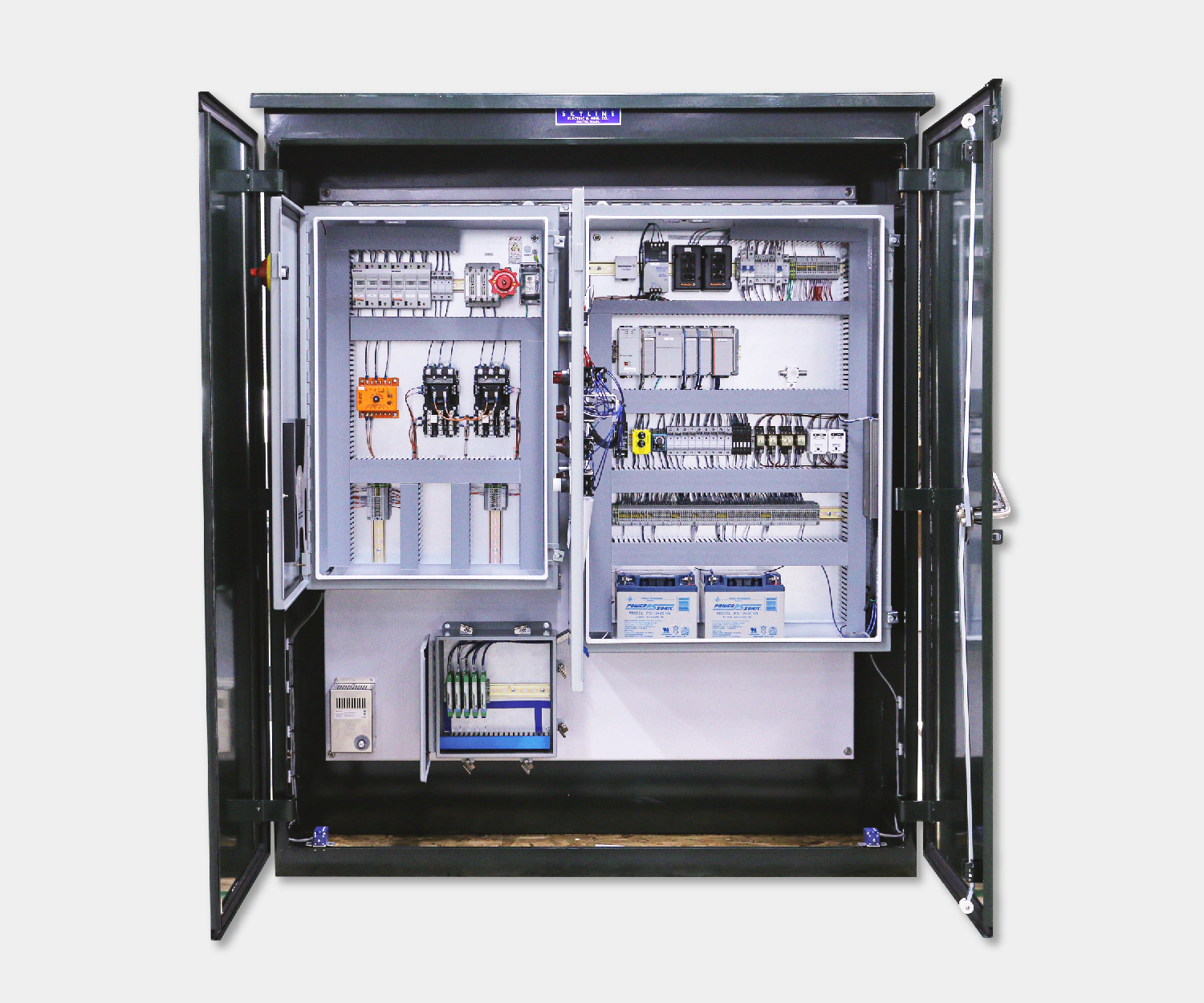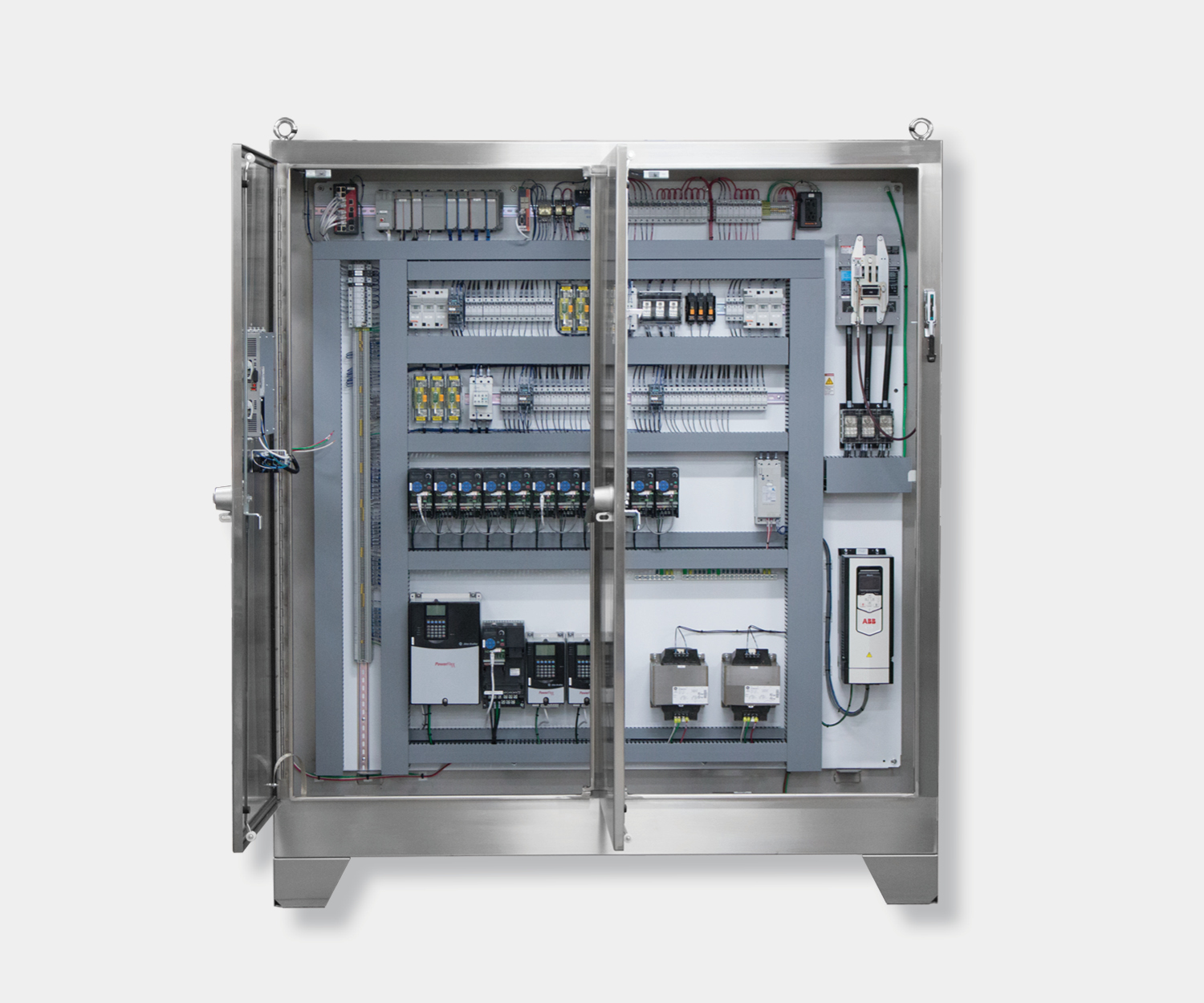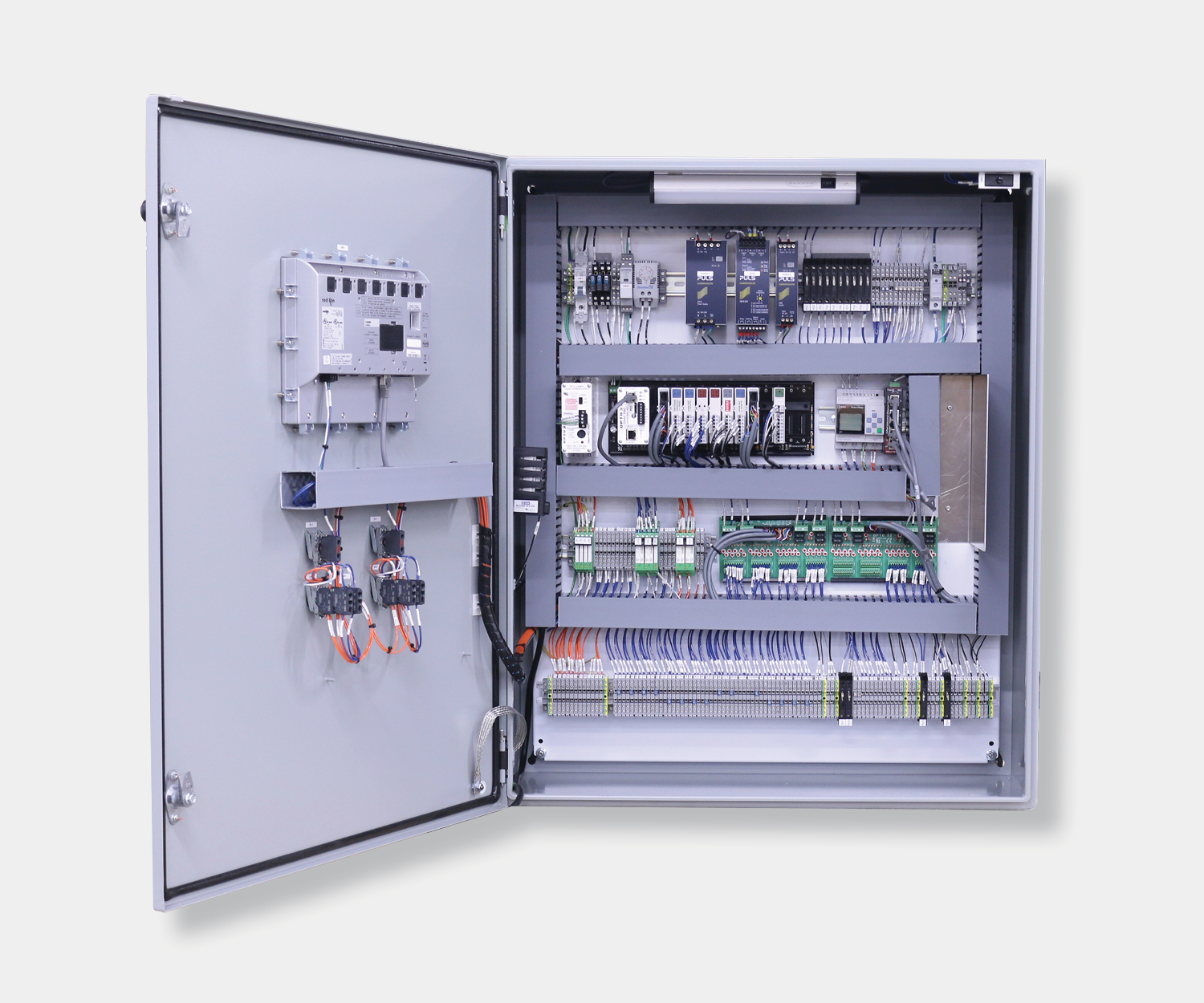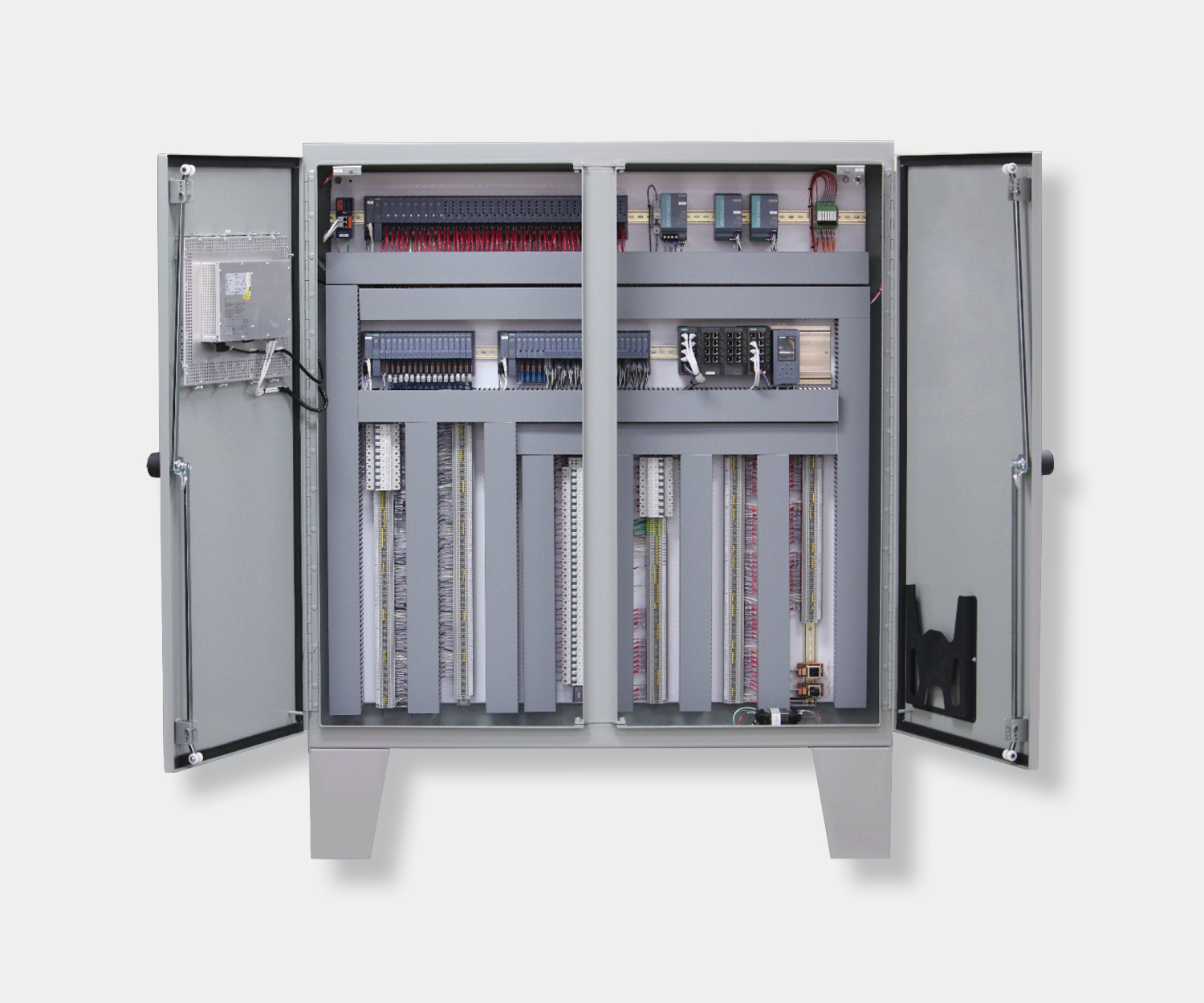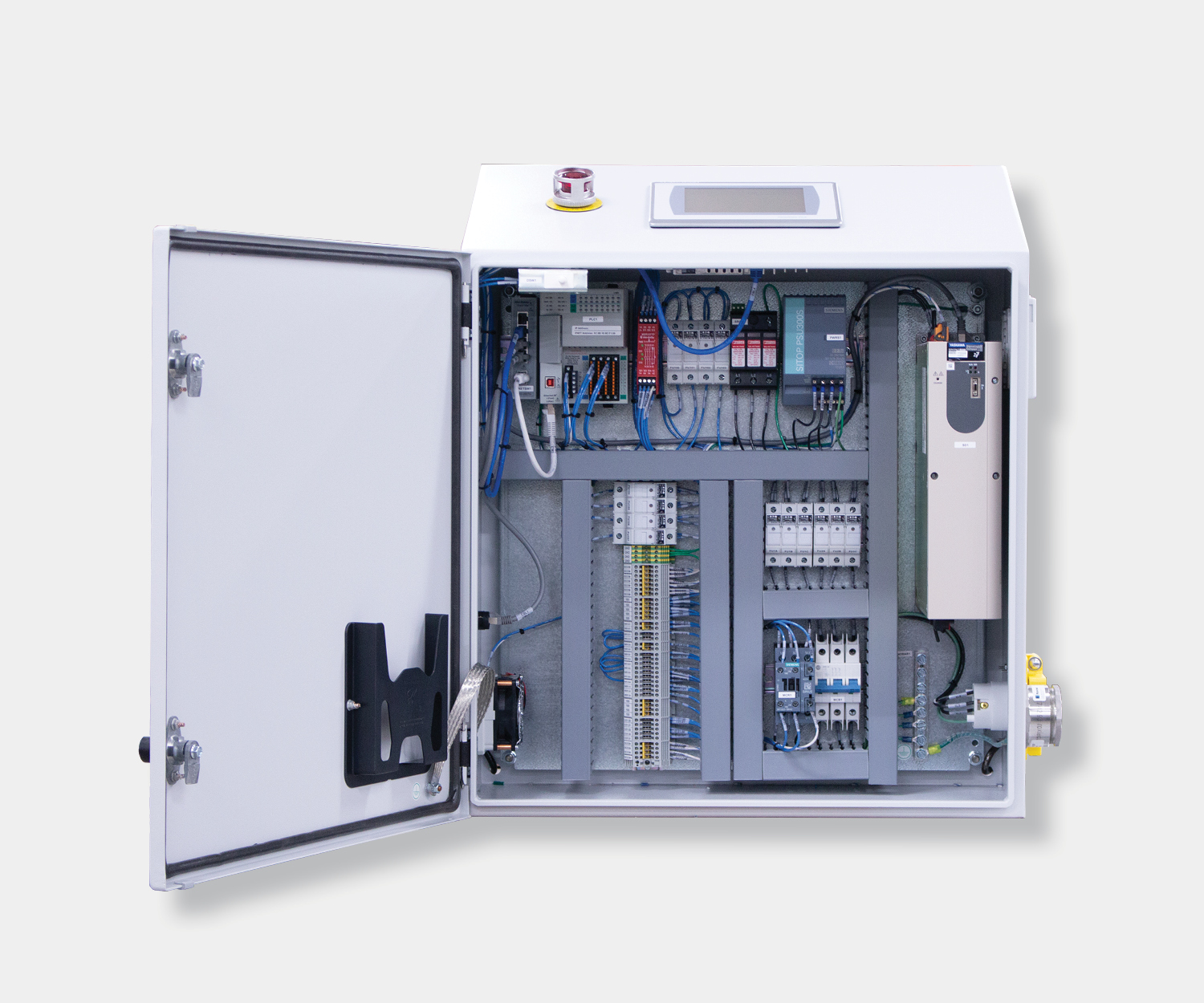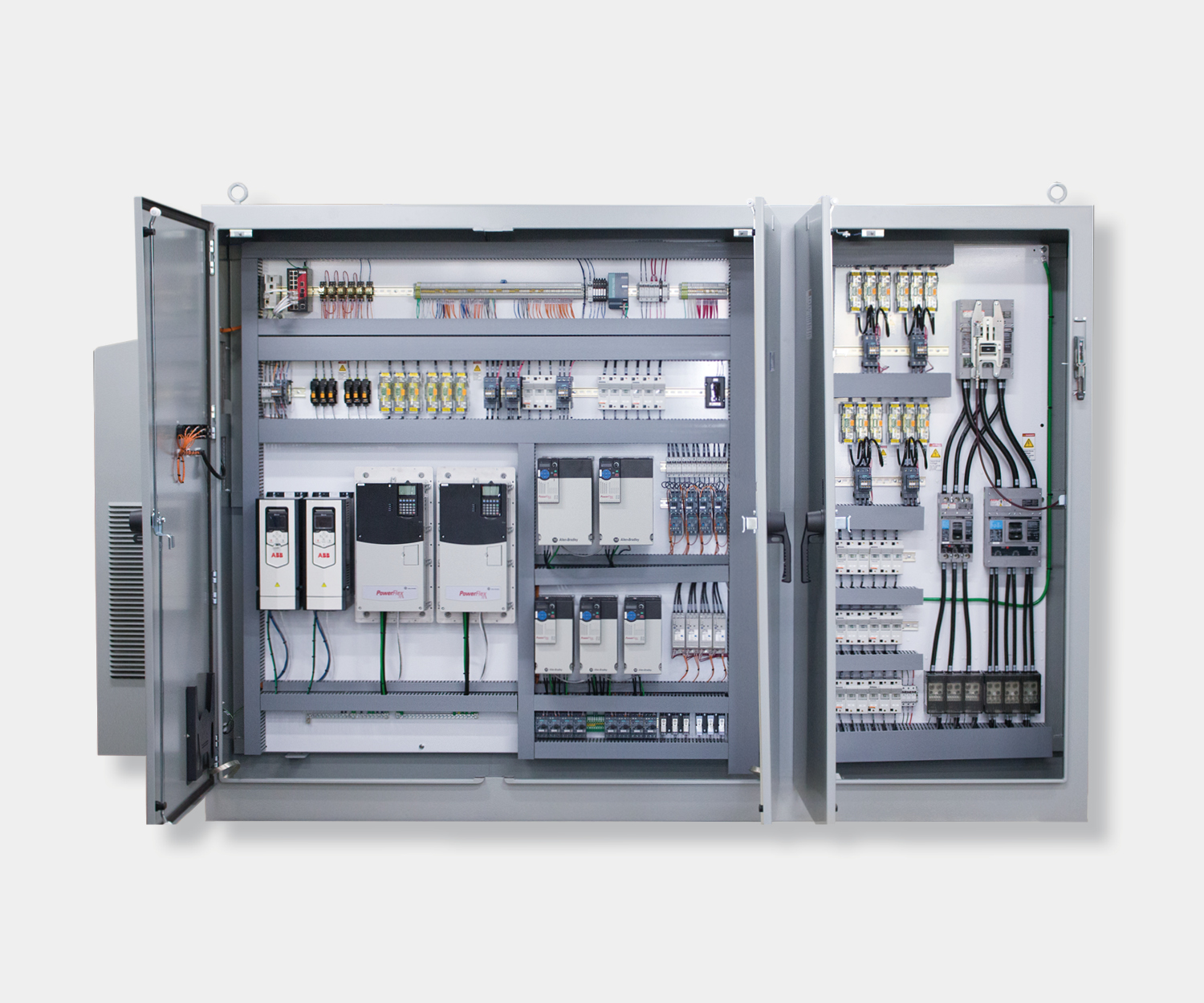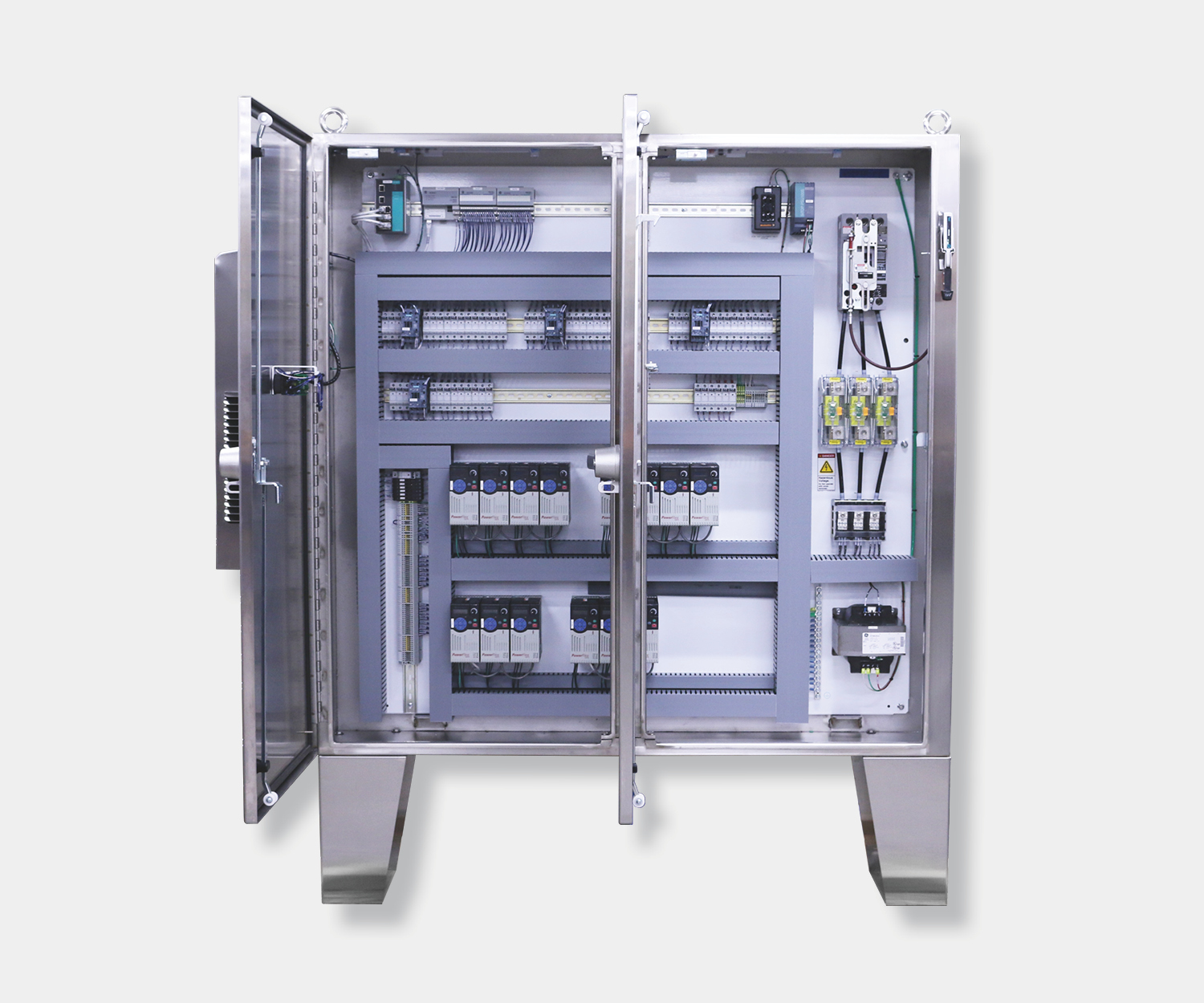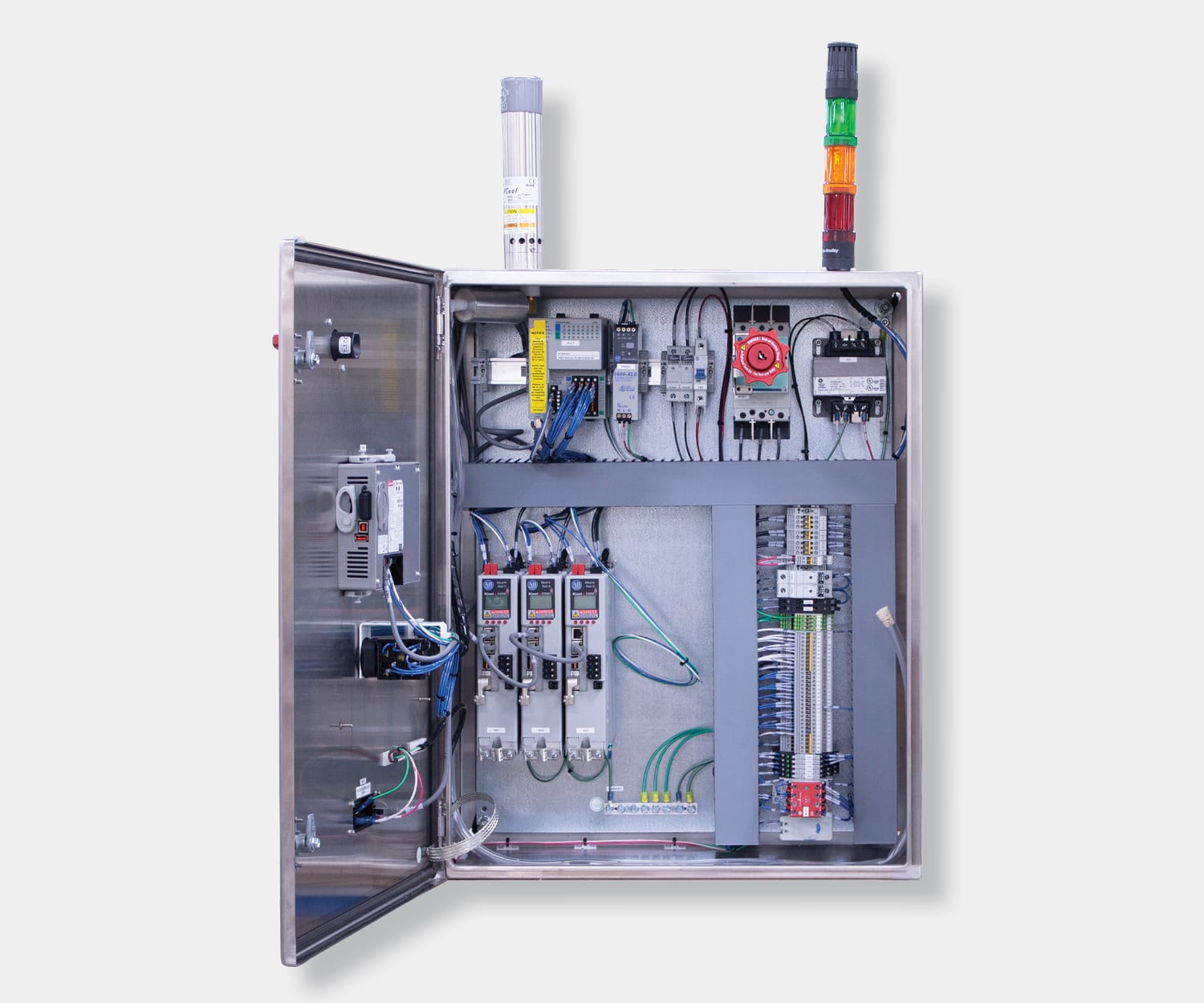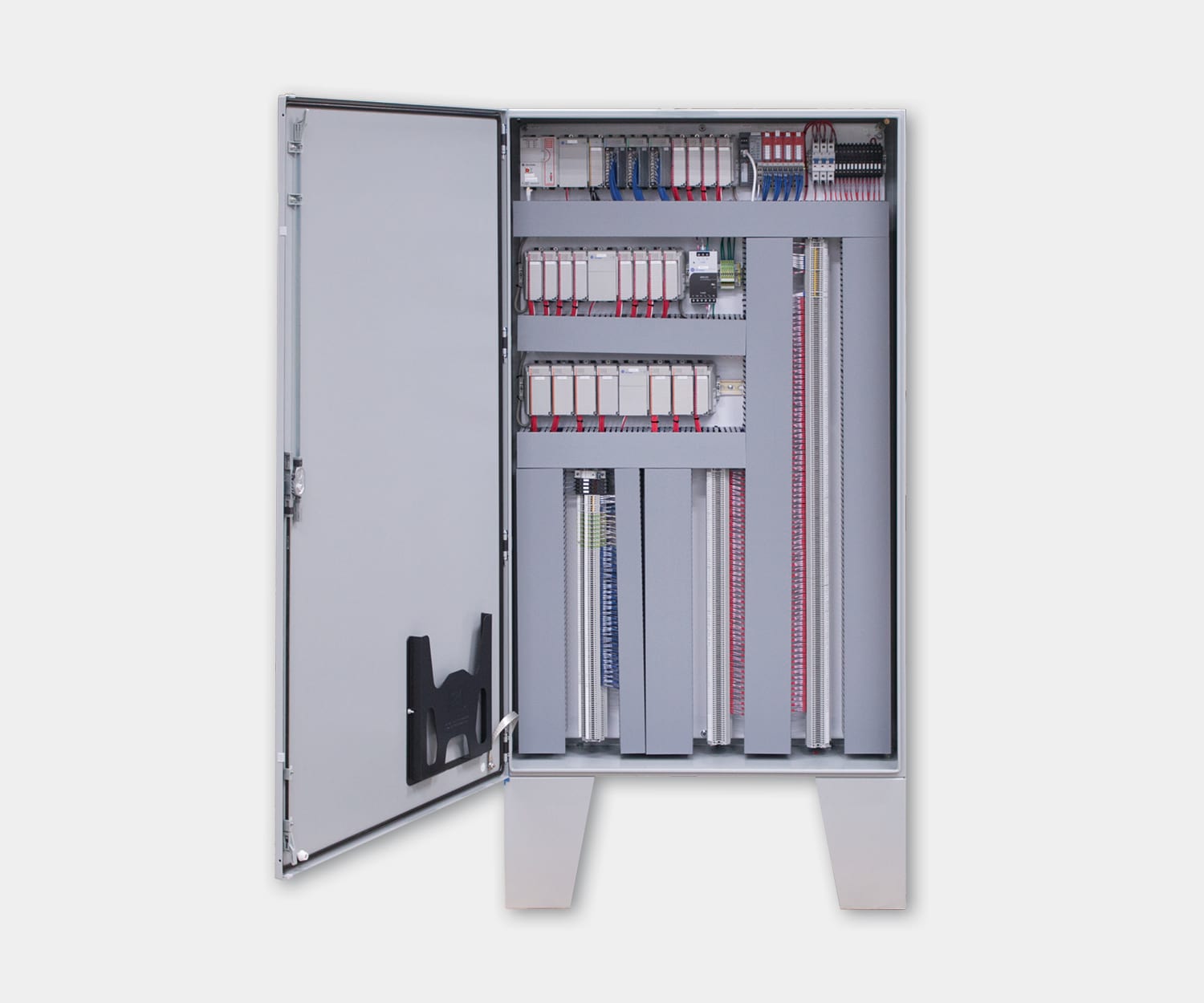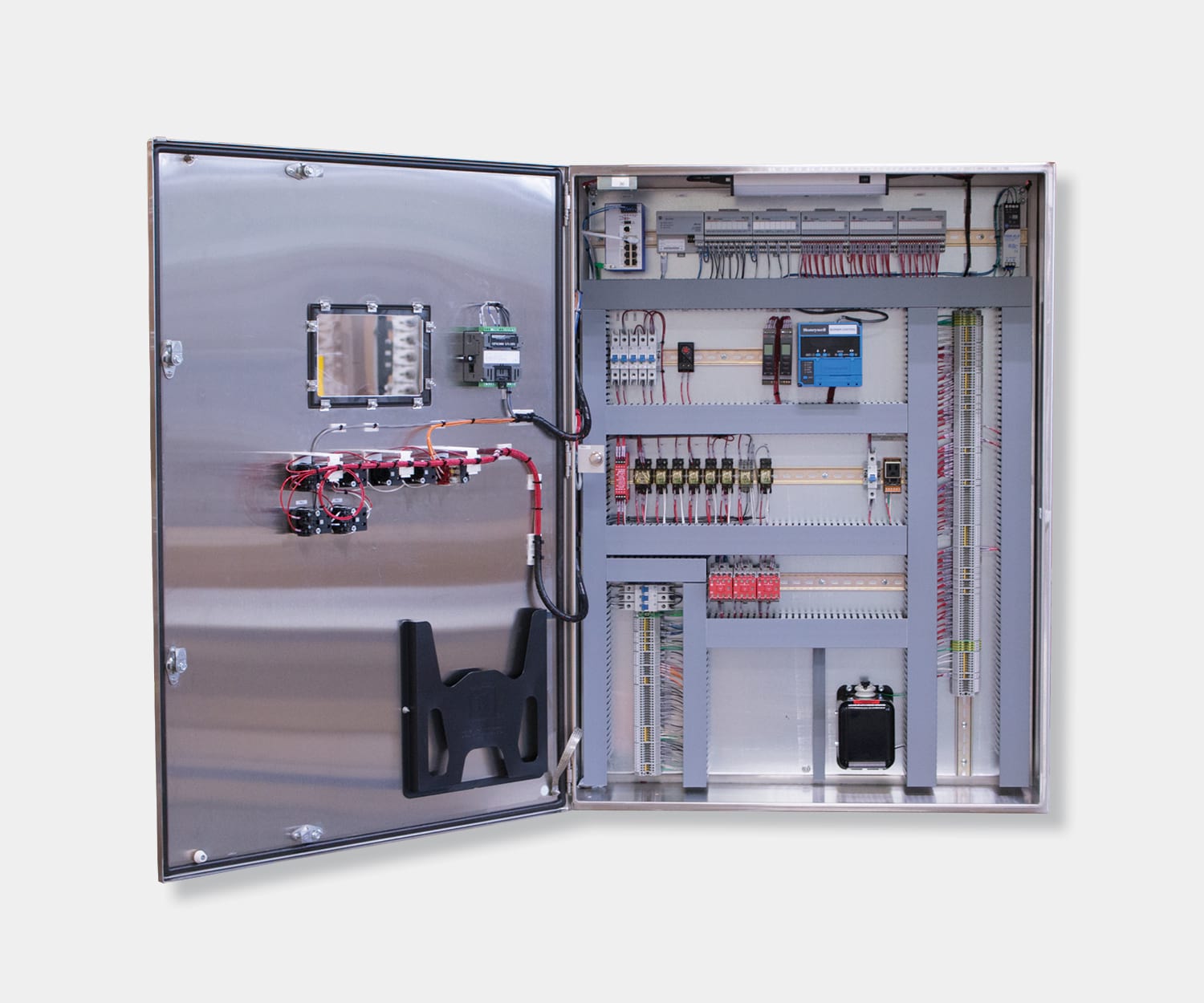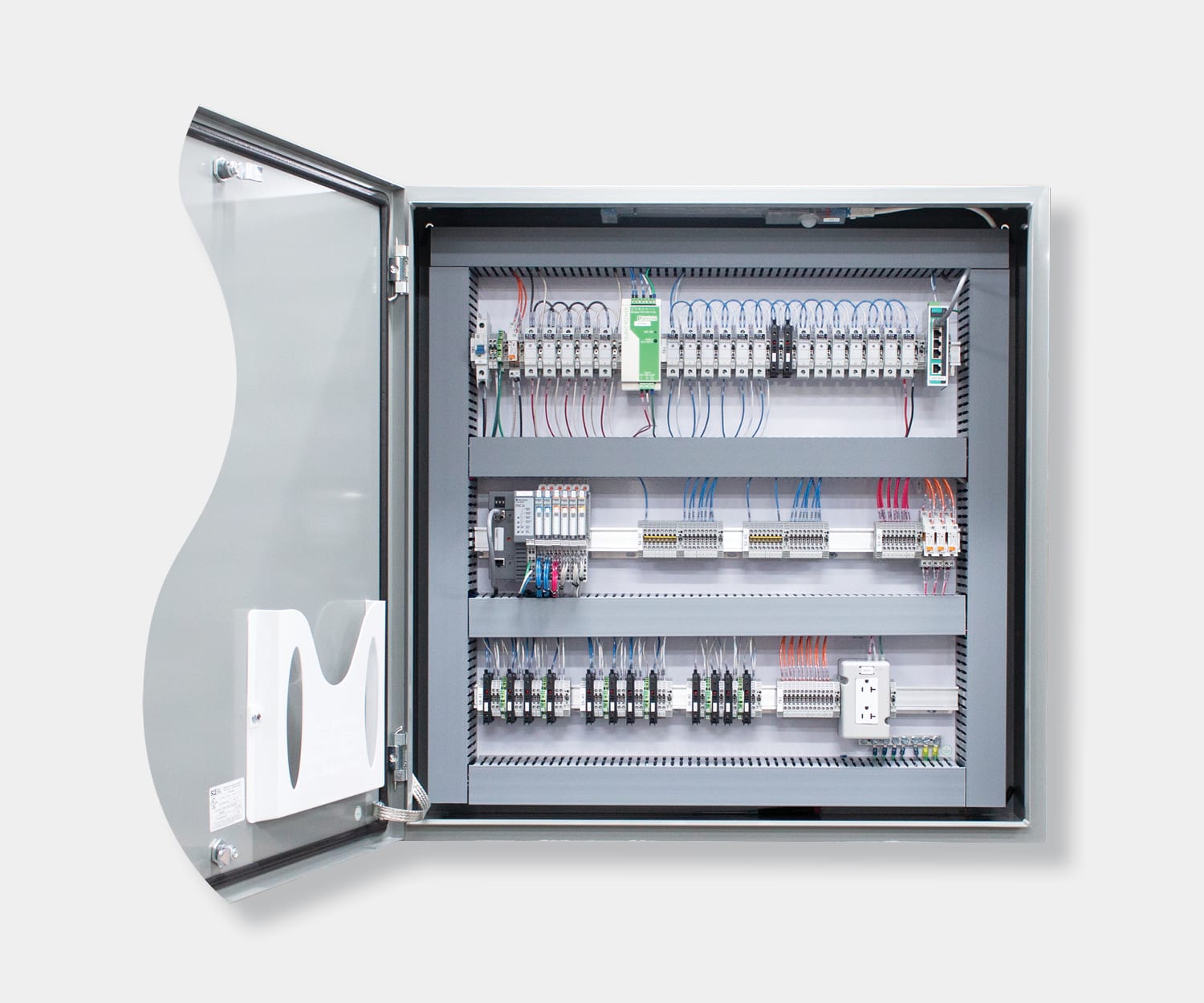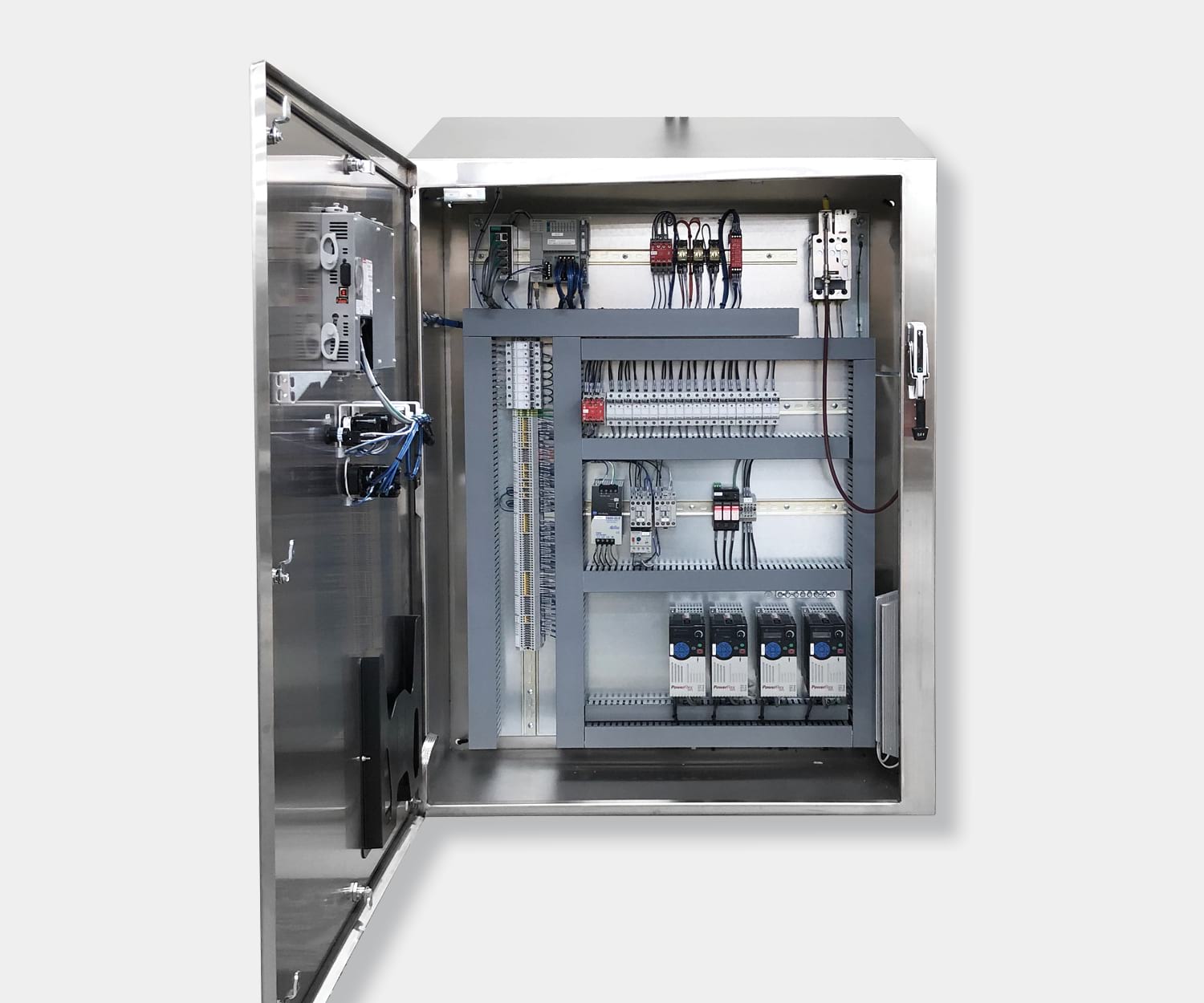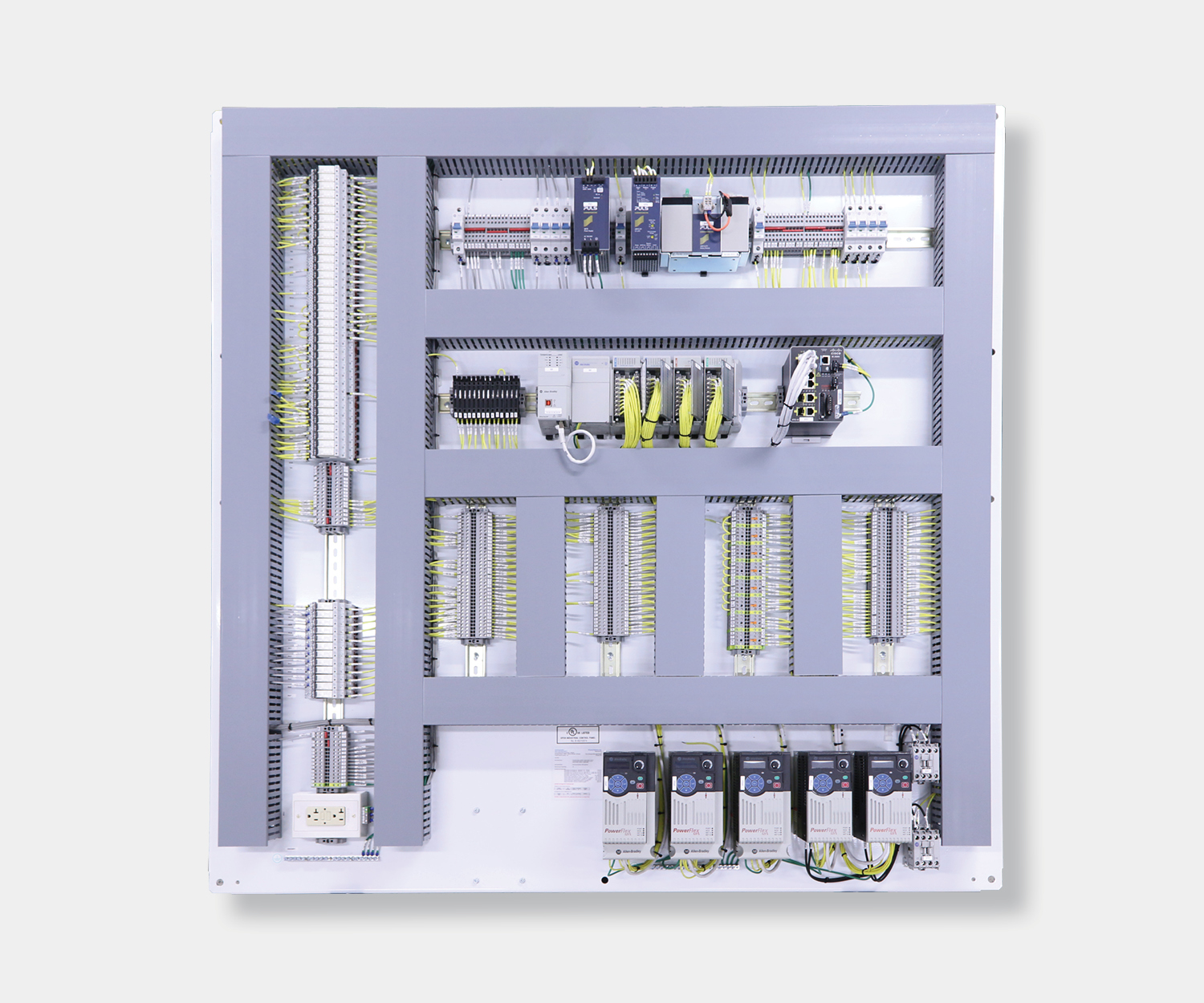Microcontrollers and PLCs can perform many of the same functions, such as mathematical operations, logic and data processing, and controlling devices. However, microcontrollers are significantly less expensive to obtain. So why aren’t manufacturers racing to replace their PLC systems with microcontrollers?
The answer lies beyond simple cost comparisons. While upfront price differences are obvious, the hidden costs and operational realities of industrial environments create a compelling case for programmable logic controllers in manufacturing settings. Understanding these differences is crucial for making informed decisions about your facility’s control system infrastructure.
What is a Microcontroller?
A microcontroller is a compact integrated circuit device that is typically embedded within another device, such as a home appliance, television, or car, to control a singular function. These devices excel in consumer applications where cost sensitivity and space constraints are primary concerns.
How Microcontrollers Work
Microcontrollers contain a processor (CPU), data memory, program memory, input/output (I/O) control, and supporting circuitry all integrated into a single chip. Data from a device’s various inputs are received through the microcontroller’s I/O ports and temporarily stored in memory. The processor then analyzes the data to determine the appropriate response based on pre-programmed instructions stored in the microcontroller’s program memory. The processor then uses the I/O to communicate the response and perform an output function.
Microcontroller Applications
Microcontrollers are designed for embedded applications with well-defined, limited scope requirements. Common applications include:
- Consumer electronics (washing machines, microwaves, remote controls)
- Automotive systems (individual functions like window controls or dashboard displays)
- Simple monitoring devices
- Basic sensor interfaces
- Low-complexity automation tasks
The embedded nature of microcontrollers makes them ideal for applications where the control function is secondary to the primary device purpose and where environmental conditions remain relatively stable.
What is a PLC?
Programmable logic controllers (PLCs) are ruggedized computers specifically designed for industrial automation. Unlike microcontrollers, PLCs are purpose-built to handle the demanding requirements of manufacturing environments, including extreme temperatures, vibration, electrical noise, and corrosive atmospheres.
How PLCs Work
PLCs consist of several key components that work together to provide robust industrial control. The processor unit serves as the central processing unit, executing control programs and managing system operations with industrial-grade reliability. I/O modules provide the interface between the PLC and field devices, and these modules can be mixed and matched to accommodate specific application requirements, supporting both analog and digital signals. The power supply is designed to handle industrial power conditions, including voltage fluctuations and electrical noise common in manufacturing environments. Finally, the programming interface is typically a desktop or laptop computer used for writing, testing, and downloading control programs using industry-standard programming languages
PLC Programming Standards
PLCs support multiple programming methods defined by IEC 61131 standards, including:
- Ladder Logic: Graphical programming resembling electrical relay circuits
- Function Block Diagrams: Visual programming using interconnected function blocks
- Structured Text: High-level programming language for complex algorithms
- Instruction Lists: Low-level programming for precise control
- Sequential Flow Charts: Step-by-step process control programming
This standardization ensures consistency across different PLC brands and simplifies troubleshooting and maintenance.
PLC vs Microcontroller: Detailed Comparison
| Factor | Microcontroller | PLC |
|---|---|---|
| Initial Cost | $10-$500 | $500-$5,000+ |
| Programming Environment | Proprietary software, often manufacturer-specific | Industry-standard languages (IEC 61131), cross-platform compatibility |
| Environmental Tolerance | Limited temperature range (-40°C to 85°C), sensitive to vibration and electrical noise | Wide temperature range (-40°C to 70°C), designed for shock, vibration, and electrical noise |
| I/O Flexibility | Fixed I/O, limited expansion options | Modular I/O, extensive expansion capabilities |
| Scalability | Limited, often requires complete redesign | Highly scalable, modular architecture supports growth |
| Reliability | Consumer-grade components, limited fault tolerance | Industrial-grade components, built-in diagnostics and fault tolerance |
| Support Lifecycle | 2-5 years, frequent obsolescence | 10-20 years, established migration paths |
| Installation | Embedded within custom enclosures | Pre-engineered industrial enclosures available |
| Troubleshooting | Requires specialized knowledge of specific microcontroller | Standardized diagnostic tools and procedures |
| Integration | Limited communication protocols | Extensive industrial communication options (Ethernet/IP, Modbus, OPC UA) |
| Total Cost of Ownership | Low initial cost, high long-term maintenance | Higher initial cost, lower long-term operational costs |
| Replacement Parts | Limited availability after 2-3 years | Long-term parts availability and vendor support |
Knowing When to Choose Each Option
Choose Microcontrollers When:
- Simple, well-defined control tasks with minimal I/O requirements
- Cost is the primary constraint and functionality requirements are basic
- Environmental conditions are controlled (clean, stable temperature, minimal vibration)
- Single-function applications where the control system is embedded within a larger device
- Short-term projects where long-term support is not critical
Choose PLCs When:
- Industrial manufacturing environments with harsh conditions
- Complex control logic requiring multiple programming approaches
- Scalability is important for future expansion or modification
- Integration with other industrial systems is required
- Long-term reliability and vendor support are critical
- Multiple I/O types (analog, digital, specialty modules) are needed
- Compliance with industrial standards is required
- Troubleshooting and maintenance must be performed by multiple technicians
While microcontrollers offer attractive upfront cost savings, PLCs remain the preferred choice for industrial automation due to their superior reliability, environmental tolerance, and long-term support. The initial investment in PLC technology typically pays dividends through reduced downtime, easier maintenance, and longer operational lifecycles.
For facilities serious about operational efficiency and reliability, the choice between PLCs and microcontrollers becomes clear when total cost of ownership is considered rather than just initial purchase price. PLCs provide the robust foundation necessary for industrial control systems that must operate reliably for years or decades.
Need help selecting the right control solution for your facility? Contact a Process Solutions specialist who can help today.
Frequently Asked Questions
Q: How long can I expect a PLC to last compared to a microcontroller in an industrial setting?
PLCs typically operate reliably for 10-20 years in industrial environments, while microcontrollers often experience shorter lifecycles of 2-5 years due to their sensitivity to harsh conditions. PLC manufacturers also provide clear migration paths when models are discontinued, unlike microcontrollers which often require complete system redesign.
Q: Are there situations where microcontrollers make sense in industrial facilities?
Microcontrollers can work for simple, isolated control tasks in climate-controlled areas with minimal complexity, such as basic sensor monitoring or embedded functions within larger equipment. However, for core manufacturing processes or safety-critical systems, PLCs remain the preferred choice due to their reliability and integration capabilities.
